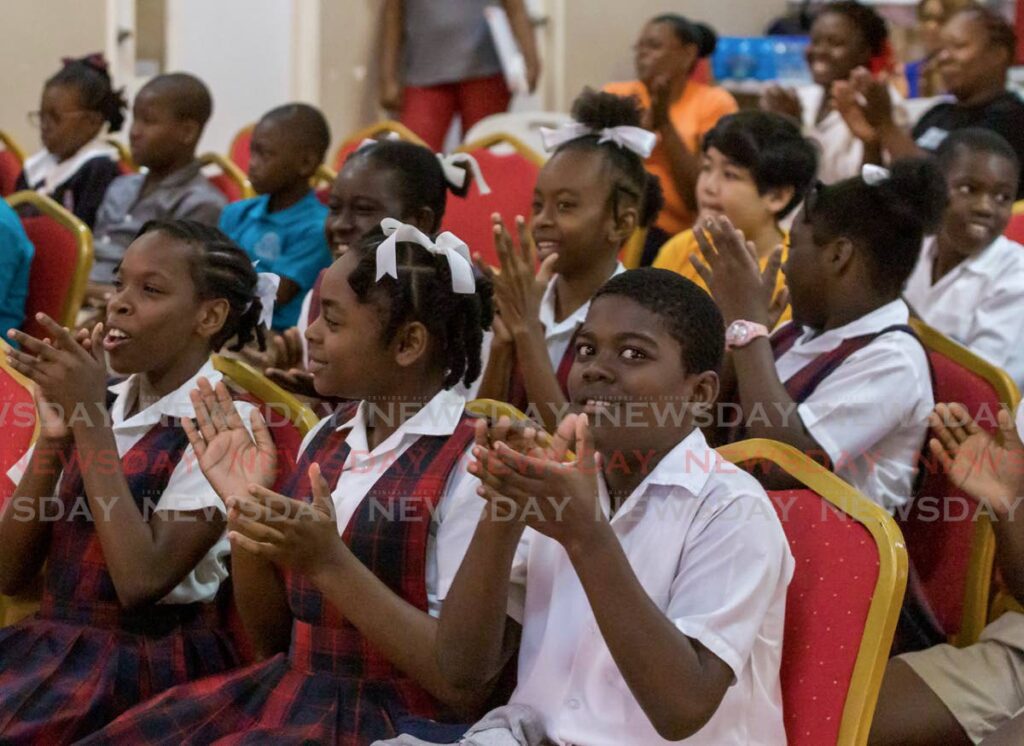Bringing children back to school

The Ministry of Education plans big changes to the unfortunate status quo of remote learning for children at school, through a phased return of students to in-person schooling from next term.
On Wednesday, the ministry announced that post-secondary and tertiary students will return to the classroom from January, and standard five students in February.
Most important is the plan to get preschool students back to in-person learning, addressing a critical shortfall not only in education but also in socialisation that's crippled the development of the nation's youngest children for almost two years.
For all the positive potential of that decision, it is also going to happen during the worst spread of covid19 the country has experienced since the lockdown of March 2020.
Today, a week before the reopening of school on January 3, the country is managing the largest rise in cases since the virus arrived in Trinidad and Tobago, as the infection rate is set to approach 20,000 new cases in a single month. This month's mortality rate for covid19 is also deeply troubling, trending to another ignoble record of 600 or more.
While working to balance the reopening of the economy and normalisation of daily life, the country is also buckling under the exponential spread of the virus.
Even as the government plans to tighten its control over public-sector vaccination – which lags behind the national average – plans to bring children out to schools clearly demand an equivalent insistence on vaccination for adults in the school system.
And is there any articulated strategy for maintaining social-distancing and other health measures among children?
Sharon Mangroo, chairman of the Association of Denominational Boards of Education, is correct to signal a note of caution over the execution of the plan.
"We can't tell until we start," Ms Mangroo said. "When we start in February, we will see how that goes."
That cuts to the heart of what is necessary for this next phase in the reopening of the school system.
For even this phased reopening to work, it must be constantly evaluated and properly defined, comprehensive response systems put in place to quickly meet any challenges that may arise.
There is a possibility of exponential spread driving an even greater surge covid19 in cases, with a large percentage of the population still unvaccinated – including the overwhelming majority of schoolchildren, some because they are too young and others because their parents refused consent.
There is a need for in-person school to resume, but it must be recognised that bringing children back to the classroom is a health and safety issue as well as an education challenge.
While the Education Ministry should allow some leeway for the circumstances of individual schools, it must be itself be ready for all facets of this necessary return and to offer speedy, effective solutions to any problems.

Comments
"Bringing children back to school"